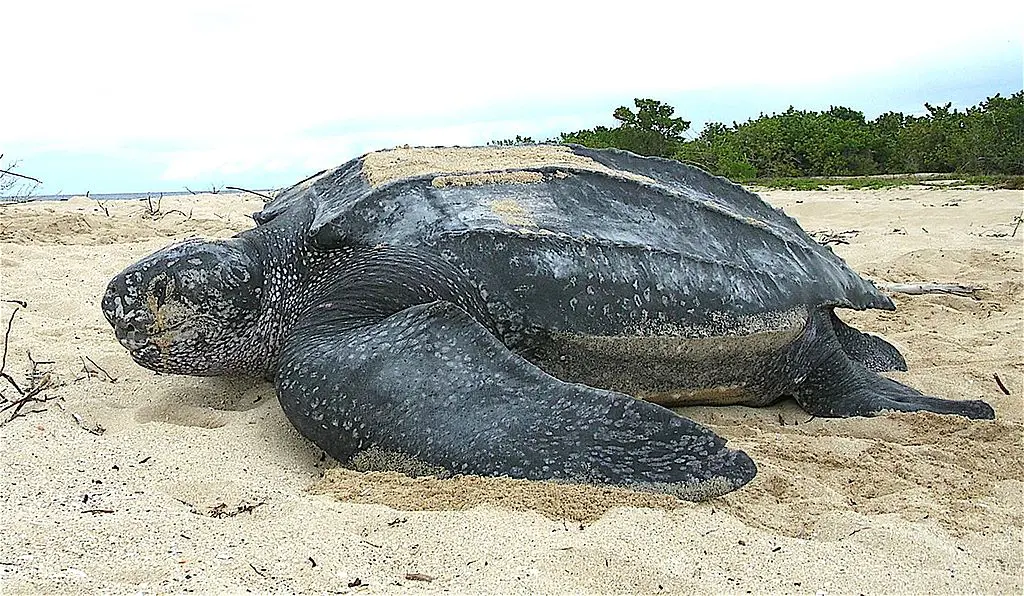The decline in the population of leatherback turtles

The decline in the population of leatherback turtles (Dermochelys coriacea) at Playa Grande and other places globally has been a concerning phenomenon. Even with existing regulations, there are several reasons why the population might continue to decrease. It is important to remember that specific reasons might vary based on various local factors. However, some of the general factors contributing to this decline might include:
- <strong>Climate Change</strong>: Climate change affects the breeding grounds of leatherback turtles. Changing temperatures can influence the sex ratio of hatchlings, and rising sea levels might erode nesting beaches.
- <strong>Incidental Capture</strong>: Despite regulations, turtles often get caught as bycatch in fishing nets. Even with improvements in fishing gear to prevent this, it still occurs at a concerning rate.
- <strong>Egg Harvesting</strong>: Though this is less common in areas with strong regulation and enforcement, egg harvesting can be a significant threat in other regions.
- <strong>Pollution</strong>: Marine pollution, including plastic waste, can lead to the death of leatherback turtles. They may ingest plastics or other pollutants, or become entangled in debris.
- <strong>Illegal Poaching</strong>: In some areas, leatherback turtles are hunted for their meat and shells, despite protective regulations.
- <strong>Natural Predators</strong>: Natural predators, such as birds and crabs, prey on turtle eggs and hatchlings.
- <strong>Disease</strong>: Disease and parasites can also negatively affect the leatherback turtle population. Though this is a natural threat, human activities can exacerbate these problems, for instance through pollution.
In the context of Playa Grande, to pinpoint the exact reasons for the decline, one would need to look at detailed research studies and reports conducted in that specific area. It might involve considering a combination of the factors mentioned above, along with examining the effectiveness of existing regulations and their enforcement.